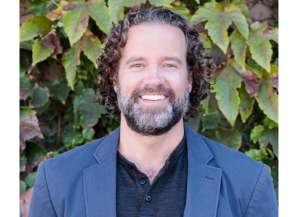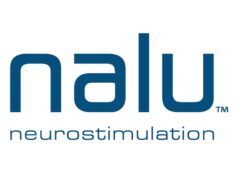
“Anatomical lead placement is a viable alternative to targeted lead placement for spinal cord stimulation,” concluded Jason E Pope, Evolve Restorative Center, Santa Rosa, USA, while presenting data from the DELIVERY trial, which evaluated anatomic versus targeted lead placement for BurstDR therapy during the trial evaluation period. “Anatomical leads offer more predictable trial and surgery times, while there is a greater preference from physicians, and there was no statistical difference in clinical outcomes or patient satisfaction,” he added.
The corresponding results were presented during the International Neuromodulation Society (INS) 14th World Congress (25–30 May, Sydney, Australia). The study was a prospective, randomised, single-blinded, multicentre international study. Pope said that the purpose of the study was to compare the trial success rate between the two lead placement techniques for spinal cord stimulation (SCS) using a nonlinear burst stimulation pattern.
In terms of those who were enrolled, patients were deemed eligible if they had had back and/or leg pain, with a Numeric Rating Scale (NRS) score of more than or equal to six, who had not undergone previous SCS. Pope reported that a total of 270 patients were randomised in a 1:1 ratio to each treatment group.
In the anatomic lead placement group, one lead tip was placed at the mid-body of T8, and the other at the superior endplate of T9. In contrast, for patients in the paraesthesia-mapped group, physicians confirmed coverage of the patient’s primary pain location.
According to Pope, the investigators measured the trial success using a composite of the following endpoints: ≥50% patient-reported pain relief at the end of the minimum three-day trial period, physician’s recommendation and patient’s interest in a permanent implant.
In relation to the results, trial success for the anatomic lead placement group was 84.4%, only slightly higher than the paraesthesia-mapped lead placement group at 82.3%. Yet, Pope acknowledged that procedural times for the placement of two leads were 31% shorter in the anatomic lead placement group (p<0.0001).
The decrease in the mean NRS pain score was also found to be similar between groups; 53.2% for the anatomic lead placement group, and 53.8% for the paraesthesia-mapped group; p=0.79). Pope also reported that trial success for patients who went on to an extended trial with tonic stimulation was 50% (5/10), compared with 79% (11/14) for anatomical lead group and paraesthesia-mapped group, respectively (p=0.2). He continued, “this may suggest the importance of paraesthesia mapping for those patients that fail paraesthesia free waveforms, requiring extended trials, in an effort to promote durable outcomes. “
Moreover, Pope highlighted, “When you ask physicians about their preference associated with using an anatomically placed lead versus a paraesthesia-mapped lead, about 70% of [physicians] chose the anatomic group.”
Commenting on adverse events, he reported that a total of 13 adverse events were observed (4.5%), the majority of which were due to lead migrations and pain around implant site, with no difference between groups.
Concluding the study, Pope maintained how there was no difference between groups regarding the trial success rate, reiterating that the current trial was the first study to show that there was an 80% responder rate with conversion using this burst nonlinear waveform.










